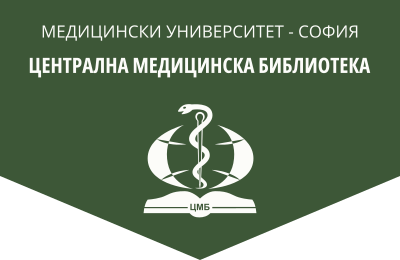Contemporary insights into the “arsenal” of virulence factors and biofilm formation of Pseudomonas aeruginosa
Medical Review (Med. pregled), 2025, 61(6), 5-18.
T. Strateva
Department of Medical Microbiology “Corr. Mem. Prof. Ivan Mitov, MD, DMSc”, Faculty of Medicine, Medical University of Sofia
Abstract. Pseudomonas aeruginosa is a ubiquitous gram-negative bacterium considered to be one of the paradigms of antimicrobial resistance (AMR). It is a major cause of nosocomial infections, which are associated with high treatment costs, significant morbidity, and mortality worldwide. Predisposing factors for infections are: mechanical ventilation, catheterization, severe burns, primary and acquired immunodeficiencies, immunosuppressive therapy, cystic fibrosis, and metabolic diseases. In addition to problematic AMR, clinical P. aeruginosa isolates are also characterized by the ability to form strong biofilms on a variety of abiotic surfaces and tissues that are highly resistant to antibiotics, disinfectants, and host defense mechanisms, contributing to impaired bacterial clearance and the establishment of persistent chronic infections. Also, although being typical opportunistic agents, they possess a veritable “arsenal” of
cell-associated and extracellular virulence factors finely controlled by the single quorum sensing (QS) regulatory system that enables the bacteria to express them in a coordinated, cell-density-dependent manner and overwhelm the host immune mechanisms. The present review article discusses the known virulence factors of P. aeruginosa, QS and the main characteristics of biofilm formation, with emphasis on their involvement in the pathogenesis of infections.
Key words: Pseudomonas aeruginosa, infections, cell-associated and extracellular virulence factors, biofilm formation, quorum sensing
Address for correspondence: Prof. Tanya Strateva, MD, PhD, DMSc, e-mail: dr.strateva@abv.bg
